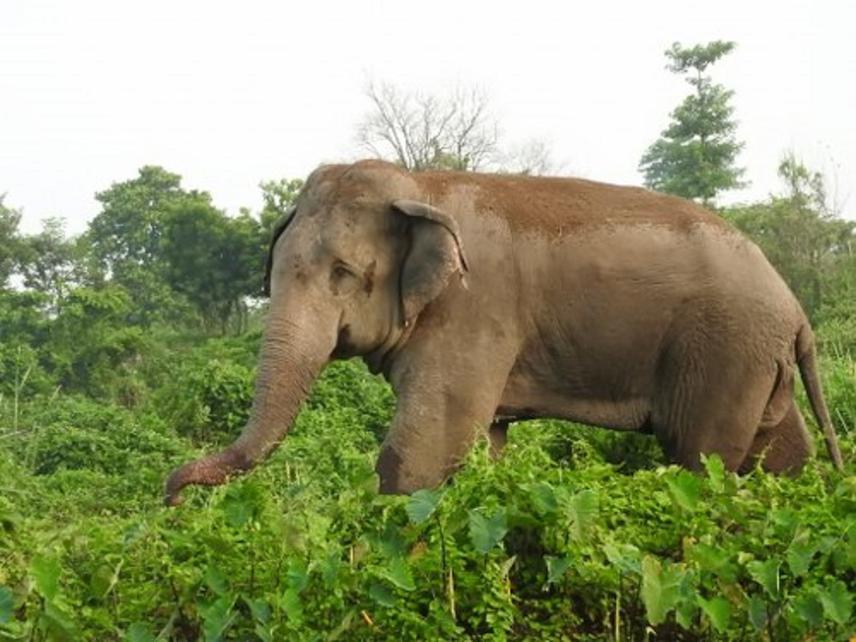Rama Mishra
Other projects
17 Sep 2014
Conflict to Coexistence: Training Locals to Save Themselves and the Elephants in Chitwan
4 Oct 2019
Assess Human-Elephant Conflict and Develop Human-Elephant Coexistence Through Community Awareness in Eastern Nepal
This project aims to train human elephant co-existence for local people from 500 households of Bara forest fringe, a migration route of elephants with frequent human casualties.

Asian elephant Elaphus maximus is a highly threatened species. Human-elephant conflict is one of the primary threats for elephants globally and Nepal cannot be exception. Elephants exist in Nepal's Terai and siwaliks in four isolated sub-populations i.e. Eastern, Central, Western and far Western. The Central sub-population of Chtiwan/Parsa with estimated 109-142 wild elephants roam in Chtiwan, Makawanpur, Bara, Parsa, Rautahat & Sarlahi districts of Nepal. Highly fragmented forest patches, destruction of elephant migration routes, high dependency of communities on forest and low level of awareness about elephants among local people are the major causes of conflict. Frequent clashes between elephant and people has been recorded in this area including several incidents of human injury and death.
Human casualty is the ultimate form of conflict. From close observations of many cases of elephant attack on humans, we concluded that such accidents happen due to people's wrong actions. Such incidents can be avoided if locals are properly aware about elephant behavior. With recent interventions in Chitwan (especially awareness & electric fences), death or injury from elephants has greatly reduced but it is still high in Bara forest fringes. In most of the cases people try to save their crop or property on risk of their own life.
This project aims to develop coexistence between elephants and people through various awareness activities. The major activity is human elephant co-existence training for local people from 500 households of fringe areas of Bara forest. Ten units of daylong training will be organized in western and southern part of Bara forest (now extension area of Parsa Wildlife Reserve). This area is well known elephant migration route where frequent human casualties are recorded. Experience from previous similar project in Madi and Thori area will be incorporated to make the training sessions more effective. Education materials (poster & brochure) will be produced and disseminated widely in the area. FM radio based awareness program and community based early earning message about elephant movement in the area will be broadcasted. Through these activities, the project will have long lasting impact for HEC mitigation and long term elephant conservation in Central Nepal.